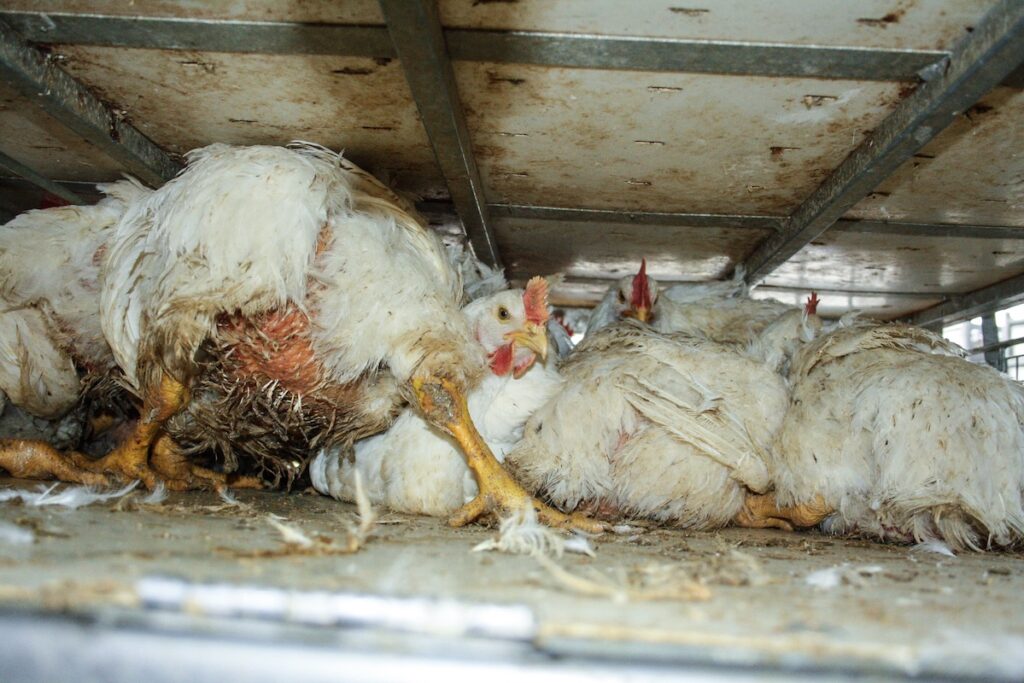When we contemplate the notion of butchering chickens, a dissonance often arises between the stark reality of animal husbandry and our personal beliefs about cruelty and ethics. The challenge lies in reconciling the vast chasm that exists between the romantic image of pastoral life and the grim realities observed in industrial farming practices. This duality prompts the question: is butchering a chicken an inevitable aspect of agricultural production, or an act steeped in inherent cruelty?
The perception of animal farming has evolved significantly over the years. Once revered as custodians of the land and livestock, farmers are now often perceived as profit-driven entities, prioritizing economic gain over the welfare of their animals. In the context of chicken production—especially in intensive farming systems—this shift is palpable. The sheer scale of poultry farming has transformed into a mechanized endeavor, often leading to practices that are unsettling to animal welfare advocates.
To truly understand the implications of butchering chickens, we must first examine the conditions under which these animals are raised. Chickens bred for meat, often referred to as broilers, are subject to a lifecycle that prioritizes rapid growth. Within just a matter of weeks, these birds reach a market weight that is astonishingly heavy for their skeletal structure. This unnatural acceleration raises significant ethical concerns; many of these chickens suffer from skeletal deformities and compromised health due to the pressure placed on their developing bodies.
As these birds are confined to overcrowded, dimly lit barns, their natural behaviors are often stifled. Chickens, inherently social creatures, face extreme stress in environments where they are unable to engage in typical social interactions or explore their surroundings. Rather than roaming freely as their ancestors did, they are frequently confined to small spaces where the risk of disease and injury escalates. This confinement transcends mere discomfort; it manifests in experiences that challenge the very essence of animal sentience. Are these conditions not a form of cruelty?
The act of butchering, when perceived through the lens of animal welfare, invites complex ethical debates. For many, the very act of killing an animal for sustenance is inherently cruel, particularly when it occurs under such inhumane conditions. The manner in which chickens are slaughtered can often exacerbate this perception. Standard practices may involve the use of machines designed to maximize efficiency; however, these methods sometimes neglect the well-being of the animals, leading to suffering in their final moments.
Conversely, proponents of animal agriculture argue that butchering is a necessary reality of food production. They posit that the consumption of chicken is a facet of human culture and survival, integral to dietary traditions across the globe. This perspective highlights the dichotomy between necessity and ethics. Is it feasible to sustain communities without butchering animals, or is this simply a romanticized notion that ignores the realities of food production?
However, this leads us to consider alternative farming practices that operate within a framework of compassion. Several farms have adopted humane treatment protocols, which can involve significantly lower stocking densities, outdoor access, and enrichment activities that encourage natural behaviors. When chickens are raised in such environments, the act of butchering may be perceived not as an act of cruelty, but as part of a holistic system whereby the animal lived a fulfilling life before its eventual end. Such methods pose an intriguing question: can more ethical farming practices help bridge the gap between necessity and compassion?
In recent years, the rise of plant-based diets has also forced a reevaluation of our relationship with animals. Many consumers are increasingly motivated by the ethical implications of animal husbandry. This shift not only challenges traditional norms but also fuels an economic demand for alternatives that do not involve animal suffering. The emergence of lab-grown meats and plant-based substitutes signifies a pivotal moment in our culinary history, one that encourages a more humane approach to diet—one where the need for butchering is lessened if not entirely eliminated.
Moreover, the conversation surrounding butchering extends beyond individual choices. It invites an examination of societal values regarding animal welfare and food ethics. When juxtaposed against the backdrop of rampant industrial farming and its accompanying moral dilemmas, the question of whether butchering chickens constitutes cruelty takes on deeper significance. Are we, as a society, willing to advocate for humane practices within the agricultural industry? Can we influence policy changes that promote welfare standards that honor the sentience of these creatures?
In conclusion, the dialogue surrounding chicken butchering is an intricate tapestry woven from threads of ethics, necessity, and the inherent value of life. While the act itself may not be inherently cruel, the methods and mindsets underpinning modern agricultural practices often are. As awareness grows and technology advances, society faces the opportunity to create a paradigm shift—one that embraces compassionate treatment of animals while still satisfying human dietary needs. The challenge lies not in the act of butchering itself, but in how we can reshape the narrative of animal agriculture from one of cruelty to one of respect and ethical responsibility. It is incumbent upon us to question, to learn, and to evolve for the better. In doing so, we might just redefine not only our food systems but also our very relationship with the animals with whom we share this planet.








